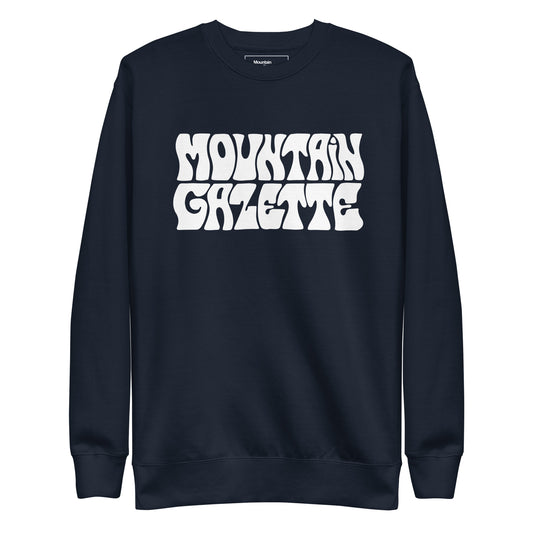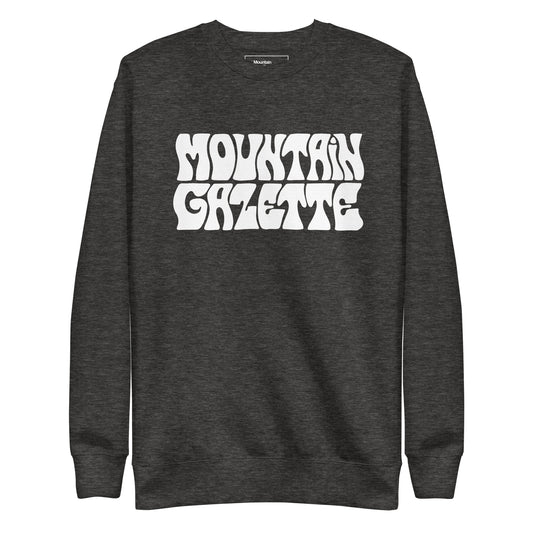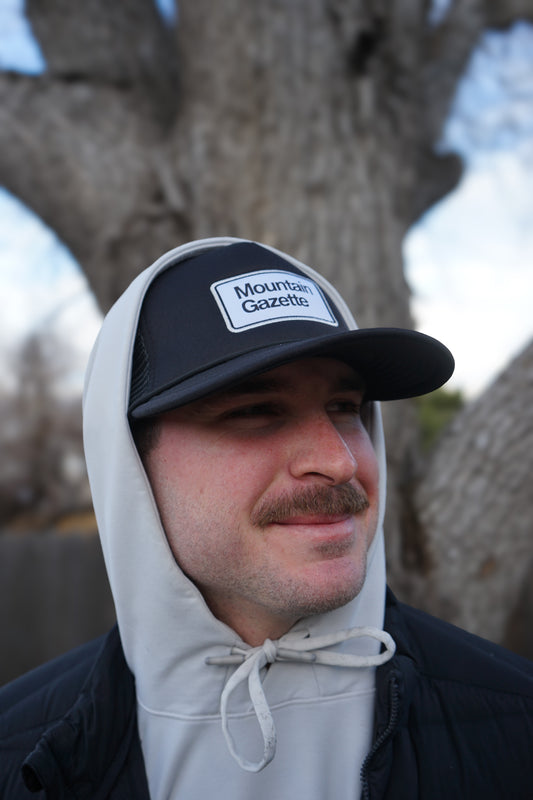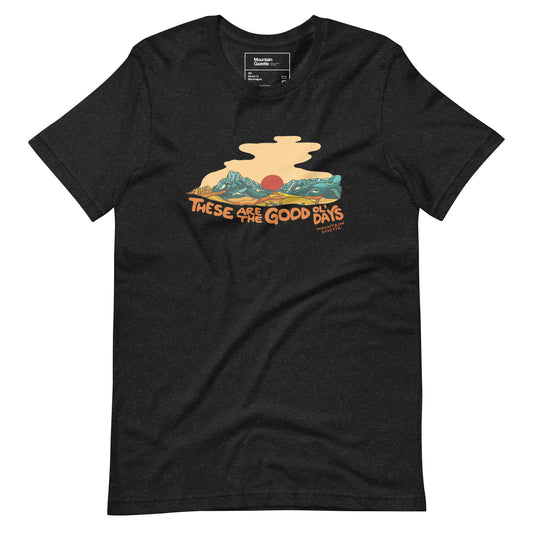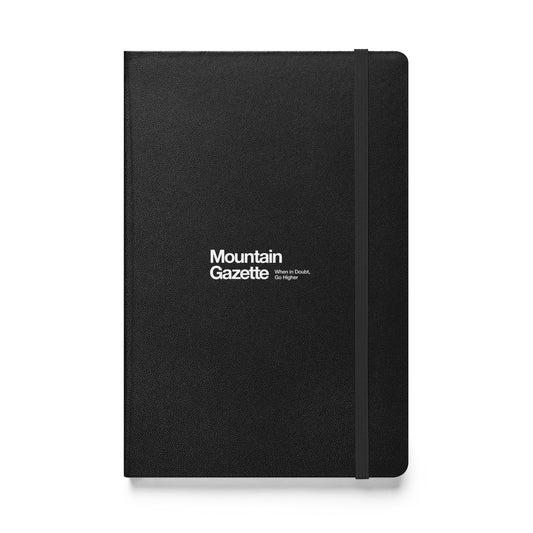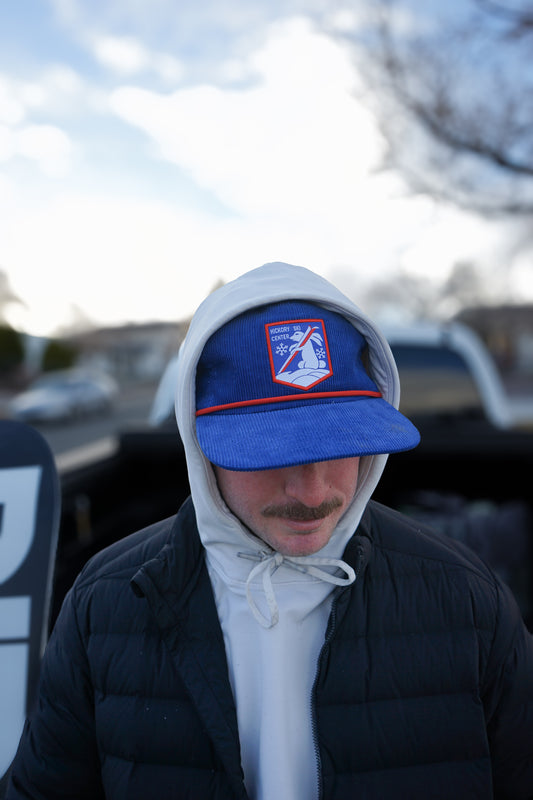This article was originally published in the Here & There newsletter by Kyle Frost. Here & There is an email newsletter published every other Thursday.
Le Tour, the travelogue
Like clockwork, every July, millions of cycling fans turn on their TVs and streaming services or make a pilgrimage to the French countryside for the Tour de France. For three weeks, a kaleidoscope of neon jerseys, carbon-fiber, and unfolding drama winds its way along highways, country roads, and narrow mountain passes. And beyond the racing, Le Tour serves as an annual love letter to the nation of France.I’m watching stage six of the Tour as I write this. A helicopter shot pans across a Normandy town as the peloton winds through, just as British comedian and historian Al Murray is brought on by the commentators (best known as a comedian, he’s also a published WWII historian and podcast host). He speaks with reverence about the battles that unfolded here in the weeks following D-Day, and the town’s role in the Allied advance, pointing out specific landmarks as they tie into the narrative.

The peloton passes in front of the Churh of Saint-Pierre du Clecy © Loic VENANCE / AFP
These small moments are scattered throughout the broadcast, reminders that the race is as much about place as athletic performance: a quick aside about the local flora, the significance of a cathedral, the backstory of a particularly striking chateau, a shot of bearded vultures at the top of a climb in the Pyrenees. The official website also has similar roundups for each stage (sponsored by Airbnb this year), although they’re surprisingly bereft of visual excitement or personality.

A Story of Place
What started in 1903 as a publicity stunt for L’Auto, a struggling sports newspaper, has evolved into a heavily produced broadcast that blends live race coverage with cultural commentary and historical context. The Tour's broadcast has become not just a way to watch a race, but a curated experience of France itself.
Although the early coverage focused almost exclusively on the cyclists, by the 1970s, television directors started to discover that the backdrop had an unexpected appeal. By the 1990s, these “slice of France” asides were no longer incidental. Slowly, each stage became not just a competition, but a place-based story embedded in a three-week national broadcast.
This evolution didn’t go unnoticed by local governments. Hosting the Tour has become a civic goal in itself. Towns and cities began to bid for the privilege of hosting a stage and now they often pay more than €100,000 to host the finish of a stage. In some cases, the figure climbs higher—Florence reportedly spent €3 million to stage the 2024 Grand Départ.
The investment has paid off for many; although the Tour brings a global audience for just a fleeting moment, it can translate into significant travel interest. In Lille, where this year’s Grand Départ took place, hotel occupancy rose 21% compared to the same period last year. A 2014 report indicated that there was a £128 million total boost to Yorkshire, Cambridgeshire, Essex, and London when the Grand Départ was hosted in Yorkshire.

Tour de France 2025 – Stage 9 - Chinon / Châteauroux - © A.S.O./Charly Lopez
When Sports and Media Inspire Travel
While the Tour has generated impressive returns in some cases, it’s not alone in blending sport and tourism. The 1992 Barcelona Olympics revitalized the city’s waterfront and global image. London’s 2012 Olympics had mixed success in converting Olympic development into long-term urban renewal. On the other hand, Brazil’s 2014 World Cup left a less positive legacy: Underused stadiums and unfulfilled promises overshadowed the initial tourism boost. Athens sank into debt after the 2004 Olympics, with many venues sitting unused and in disrepair.
But unlike other sporting events which are often isolated in purpose-built venues (think Olympic parks, stadiums, etc), the Tour has a few built-in advantages. Not only does it happen every single year, but the path it takes is constantly changing and it leaves behind no massive infrastructure that needs extensive care and future planning. The places it highlights aren’t just establishing shots as we cut to commercials, but part of the story. In the same way that a few shots of Croatia in Game of Thrones, the New Zealand landscapes in Lord of the Rings, or the cafes in Emily in Paris can inspire a surge in bookings, so too can a few seconds of the peloton passing a Roman aqueduct or sweeping panorama at the top of the Pyrenees.

I did visit Mount Doom (Ngauruhoe) many years ago.
This phenomenon has a name: set-jetting. Originally used to describe the post-film-travel boom—people visiting places featured in cinema or streaming series—it has expanded into sport. According to Expedia’s 2023 Travel Trends Report, “66% of global travelers have considered visiting a destination after seeing it featured in a show or movie they have streamed at home, and 39% have booked a trip for the same reason.” The resort featured in the most recent season of the White Lotus reported a 40% increase in bookings and airlines increased their flights to Thailand. Two million tourists said that “Yellowstone” inspired them to visit Montana in 2021.
While the Tour may not generate the same kind of travel spikes as a viral TV show or a major one-off event (particularly from US travelers), it functions a bit differently. Its influence is slower, more dispersed. Not every viewer is immediately going to plan a trip because of it, but it puts French destinations on the map in a quiet, repeated way. Over time (years, even), that visibility might be enough to inspire travel.
More Than a Race
While it’s a bit unclear if the Tour delivers lasting local economic benefits, it seems clear that hosting a stage (particularly the finish) will bring in cycling fans. Some research even posits that there is no evidence of a longer term benefit on cities from hosting the Tour. But I think that misses the deeper function of the tour; while there may be unclear monetary benefits, much of its value lies in how it affects our shared perceptions of France. Are people going to remember the specific town that the peloton buzzed through at 70 kilometers per hour during Stage 7 this year? Probably not. Is everyone going to plan a trip to France tomorrow? No. But the images will linger.
So yes, the monetary benefits may be uneven. The more measurable impacts may come and go with the Tour itself. But ultimately what makes the Tour so successful is that slowly building familiarity. Year after year, in background shots and fleeting glimpses, France seeps into the minds of millions. In a world where stories increasingly shape how we travel, the Tour de France is a masterclass in suggestion—a subtle ad that rolls past at 50 kilometers an hour and lets viewers fill in the rest.




